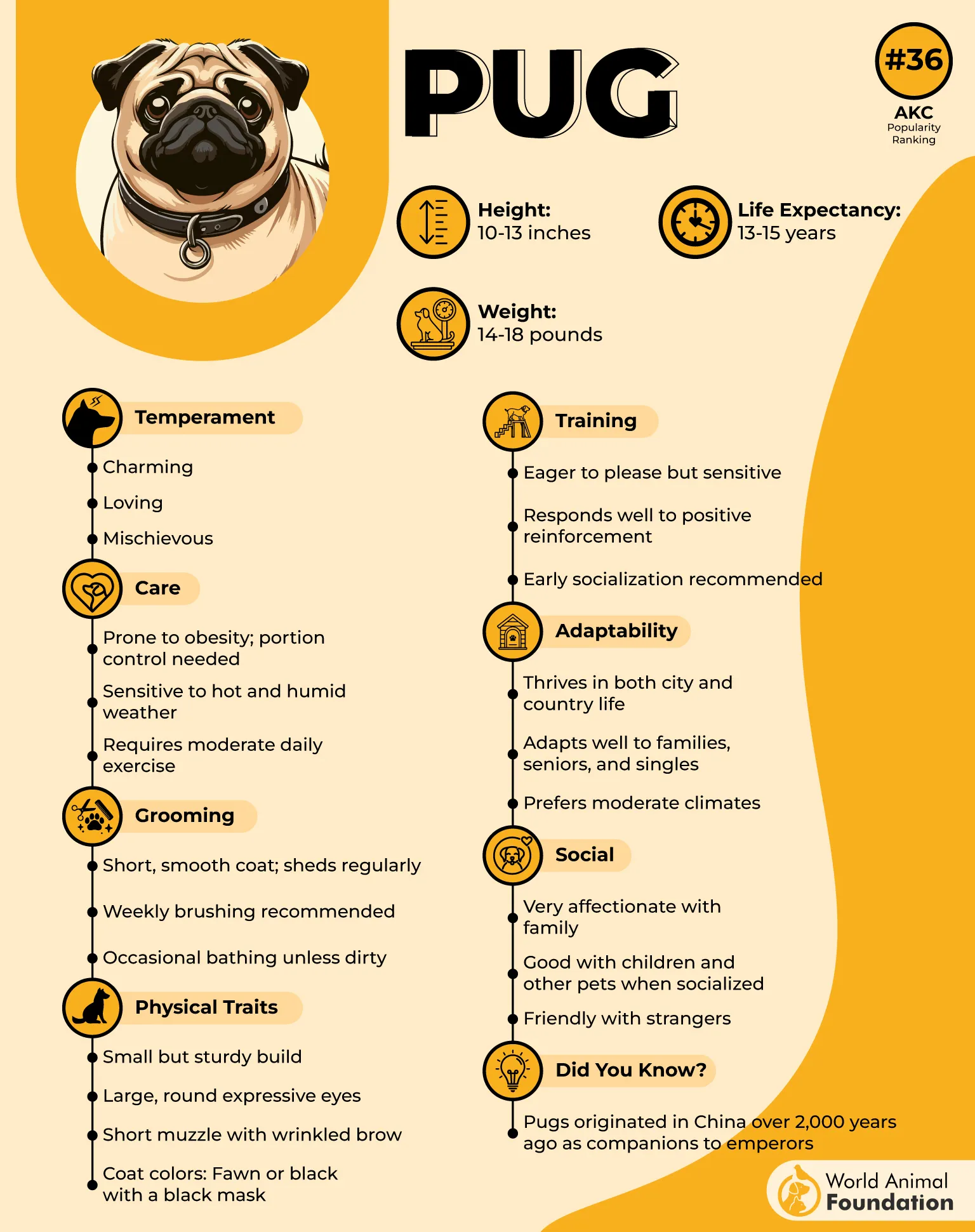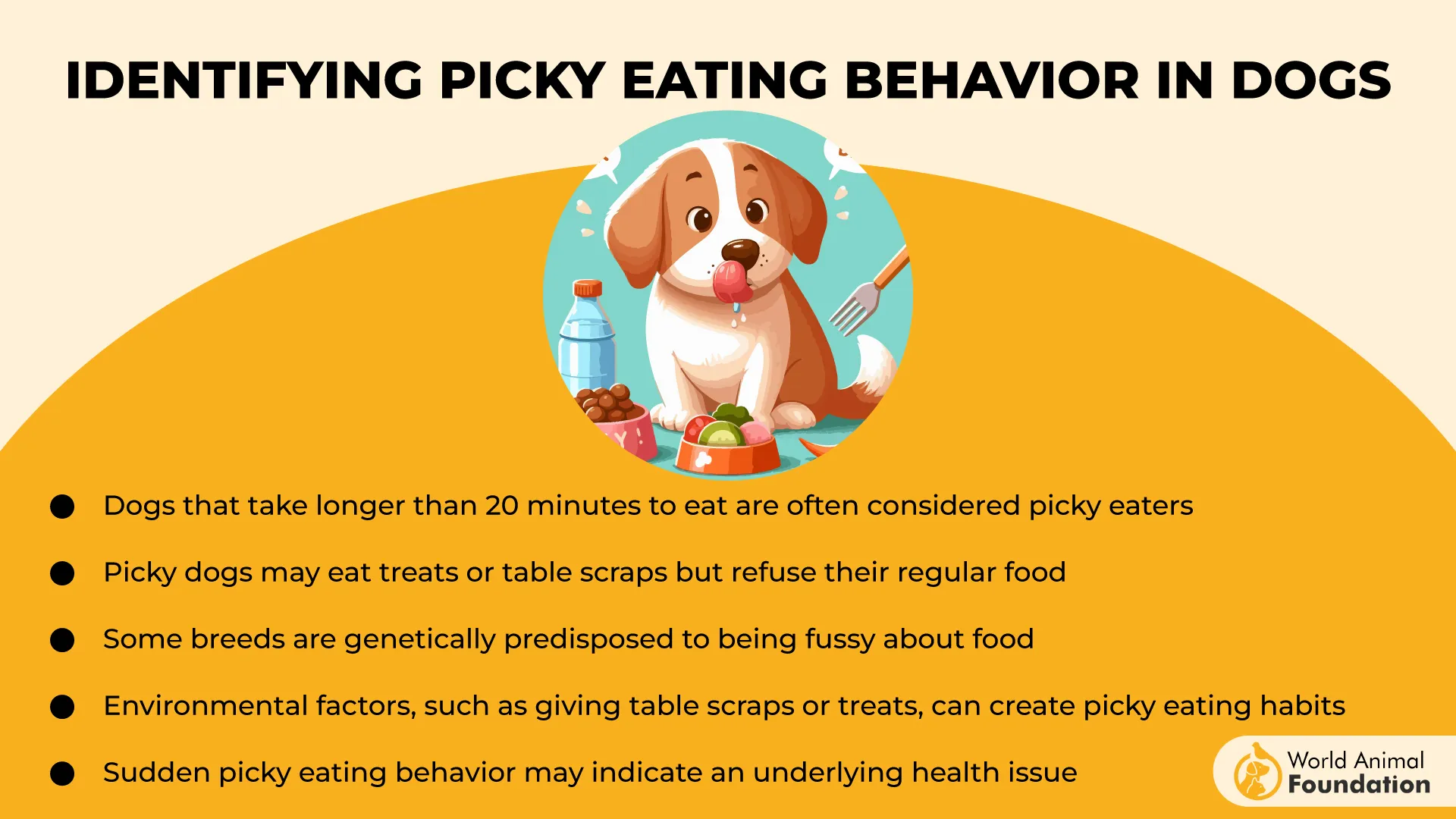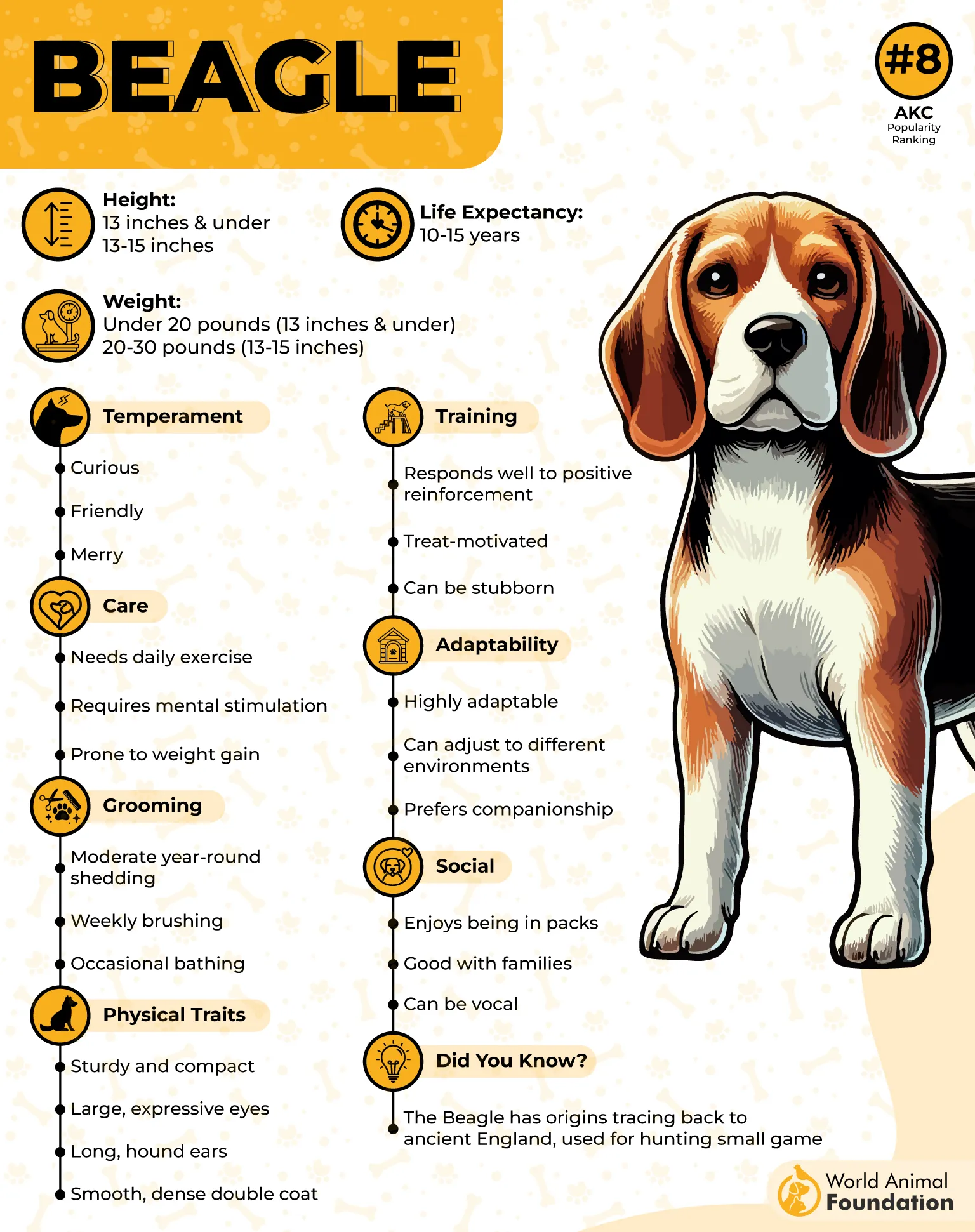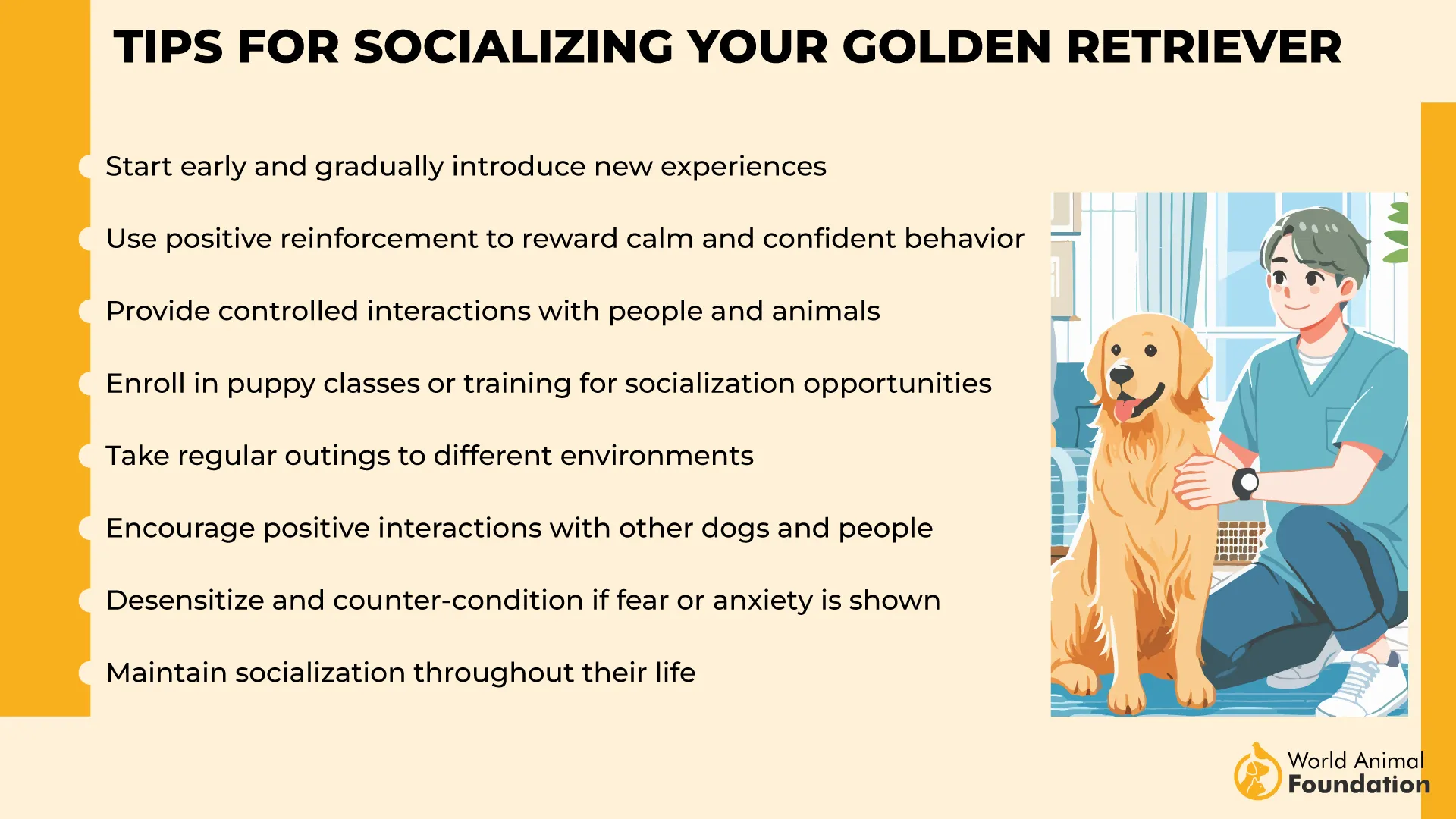Has your dog ever pushed their empty food bowl toward you, giving you “the look” that screams, “I’m still hungry!” If so, you’re not alone—and your dog may be one of several breeds known for their food-loving, expressive behavior.
Some breeds are so enthusiastic about mealtime that they’ve developed their own ways of communicating hunger. From nudging bowls with their noses to dragging food dishes across the floor, their antics aren’t just funny—they’re also driven by strong instincts, sharp intelligence, and a love for food.
In this article, we’ll explore seven dog breeds famous for this behavior. Let’s meet these clever, persistent pups that know how to ask for seconds in the most adorable ways.
Dog Breeds That Push Bowls Toward Owners When Empty
1. Dachshund

These short-haired dogs are intelligent, bold, and not afraid to express when they’re hungry. As per AKC, their endearing nature and unique look have won millions of hearts the world over.
Many pet owners have caught their Dachshund pushing an empty bowl across the floor, pawing at food dishes, or dragging them into the same room just to make a point.

Their behavior reflects their strong-willed, food-focused personality. Dachshunds are creatures of habit and often memorize feeding times down to the minute. If you’re running late, this breed might stare you down—or give the food bowl a dramatic shove.
Dachshunds are prone to overeating and weight-related health issues, so it’s crucial to stick to a scheduled feeding with the right amount of food. Dog owners should avoid offering too many treats or human food.
2. Pug

Pugs are adorable clowns with a deep love for food. Known for their expressive faces and snorting snores, they’ll push their food bowls or nudge their humans when hunger hits. Many Pugs will stare directly at you, then at the empty bowl, then back at you—as if to say, “Is this a joke?”

Pugs are known to be picky eaters, yet have a big appetite when it comes to dog food and dog treats. Their food-pushing behavior isn’t just about gluttony—it’s a reflection of their affectionate and attention-loving personality.

If there’s even a slight shift in feeding time, a Pug will likely let you know by nudging their food and water bowls across the room.
Pet owners need to manage their portions carefully, as many dogs in this breed are prone to obesity and potential health issues, as per Omlet. A Pug might not be your jogging partner, but when it comes to expressing hunger, few dogs are more vocal or entertaining.
3. Beagle

As per Purina, Beagles are scent hounds used primarily for hunting rabbits to larger hares. Known for their strong appetites, Beagles often push their bowls or pace around the kitchen when they’re ready for a refill.

Their behavior stems from their history as hunting dogs, where the food drive was essential for tracking. Beagles are intelligent and highly motivated by food, making them eager to alert owners when the food bowl runs dry.
Their persistent nudging isn’t just about hunger—it’s part of their curious and attention-seeking nature. They may even whine, bark, or follow their owners until their message is received.
Despite their antics, Beagles are loving, emotionally intelligent dog breeds that bring plenty of joy to the table, especially when that table has treats. Pet owners should prioritize healthy dog food options to support their digestive systems and avoid unnecessary weight gain.
4. Labrador Retriever
Labrador Retrievers are famously food-motivated and rarely turn down a snack. Many Labs will nudge their food bowl across the room, give you a hopeful stare, or sit patiently by the feeding area until you notice their “empty bowl” protest.
This behavior is partly due to their role as working and retrieving dogs, especially for law enforcement forces. Labs were bred to have stamina and a strong appetite, which helped them stay energized in the field. Today, that hunger still shows up in their day-to-day routine.
Most dog owners will tell you that Labs are among the most persistent food seekers. They’ll often sit in the same room with their bowls or bring attention to feeding times with excited tail wags. While their appetite can lead to obesity if unchecked, it also makes them easy to train using positive reinforcement.
5. Golden Retriever
As per WebMD, the Golden Retriever breed is very intelligent and versatile. This makes them great dogs for guiding the blind and functioning as hearing dogs for the deaf.
Because they bond deeply with their families, Goldens quickly learn routines, including feeding times. If they notice you’re late with dinner, they may gently push their bowl or sit expectantly near it. Some will even bring their empty dish to you.
Golden Retrievers are often used as therapy dogs and benefit from consistency and positive reinforcement. Their behavior around food often mirrors their human-like emotional intelligence. But beware—these dogs love food so much they may pretend to be hungry even after eating.

Feeding them high-quality pet food in measured portions helps keep their digestive system and weight in check. Their hunger may be constant, but so is their affection.
6. Pembroke Welsh Corgi
Don’t be fooled by their tiny legs—Pembroke Welsh Corgis have enormous appetites. Originally employed as herding dogs, they often push their bowls or follow their owners from room to room until it’s feeding time.
Corgis are smart and easily bored, and food becomes one of their favorite sources of excitement. Some may use their nose or even their front paws to move their food and water bowls around, making their hunger unmistakable.
These dogs are also known for their strong bonds with family members and a need to feel included. If they see other animals being fed, expect them to demand equal treatment.
Due to their compact build, weight management is essential. Use puzzle toys or smaller portions spread throughout the day to keep them satisfied and active without overfeeding.
7. French Bulldog
French Bulldogs are not just stylish companions—they’re also full of personality. Many Frenchies use dramatic tactics like pushing food bowls, barking near the kitchen, or sitting next to the empty bowl until their point is made.
Their compact bodies and expressive faces make it easy to assume they’re always hungry—and often, they are. French Bulldogs are picky eaters but also incredibly persistent. They enjoy dry food and human food alike, so be cautious about what they get into.
Because they bond so closely with their owners, Frenchies learn behaviors like bowl-pushing quickly. They thrive in a safe space with a stable feeding routine. Their antics may include making burying motions near their food bowl or moving it toward high-traffic areas to get noticed.
This breed’s appetite, combined with a sedentary lifestyle, means portion control is key. Despite their stubborn streak, French Bulldogs are lovable, loyal, and endlessly entertaining.
Conclusion
These bowl-pushing dogs aren’t just hungry—they’re clever, expressive, and tuned in to routine. Whether it’s a Beagle following its nose, a Corgi tapping the food dish with purpose, or a Labrador nudging its bowl with hopeful eyes, each breed brings its own flavor to this funny and lovable behavior.
Understanding your dog’s food-driven actions helps you meet their needs while keeping them healthy. With proper feeding routines, a balanced diet, and a bit of humor, you and your pup can enjoy every mealtime together.
After all, a dog who pushes their bowl is just saying, “Thanks, but I could eat a little more!”


